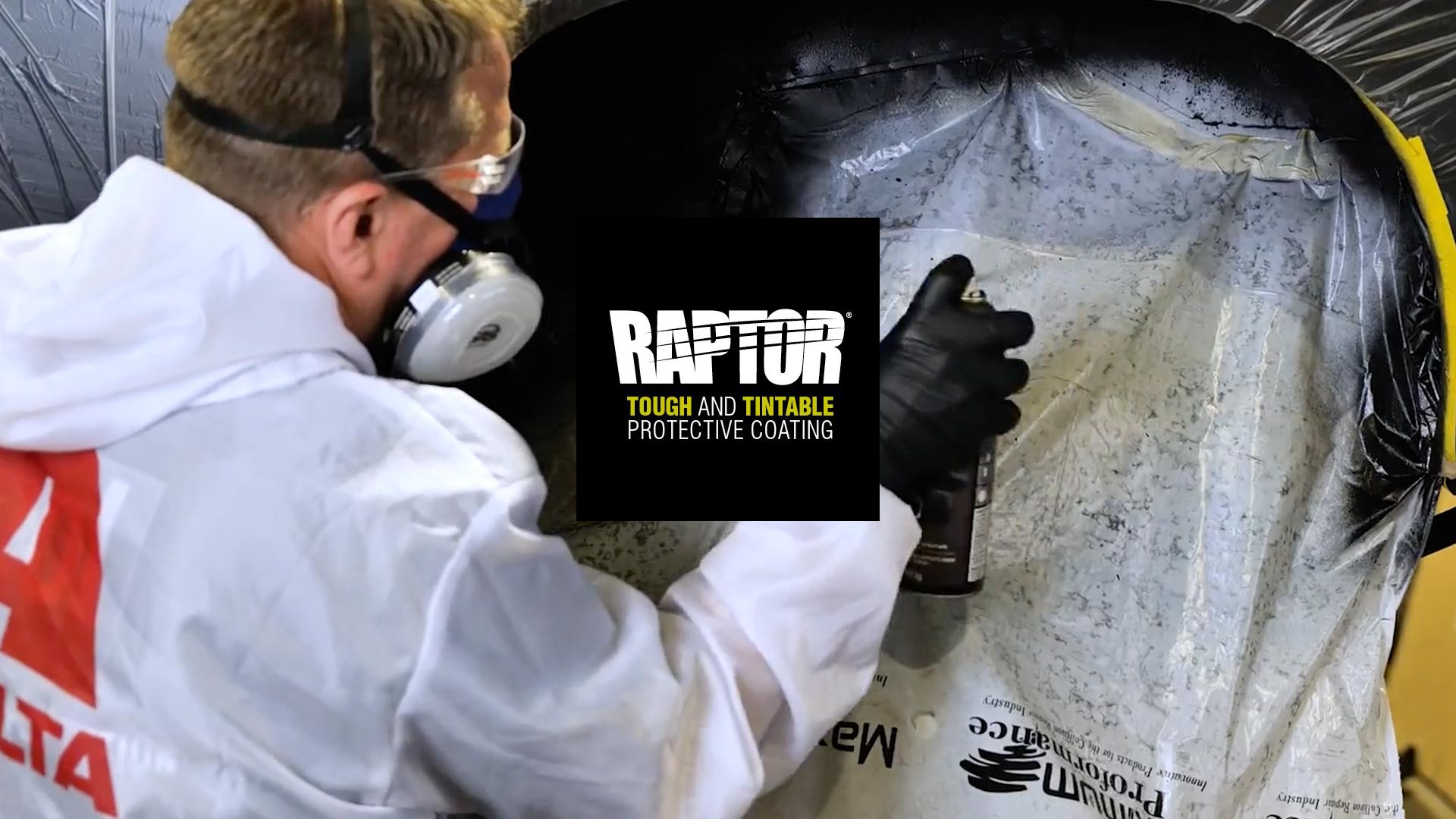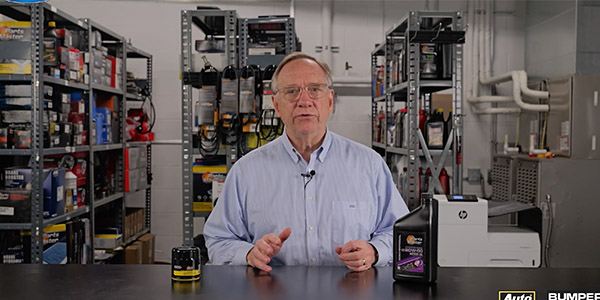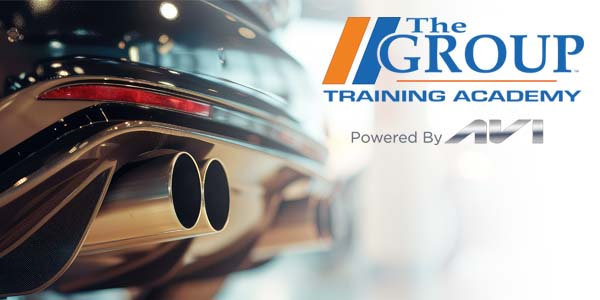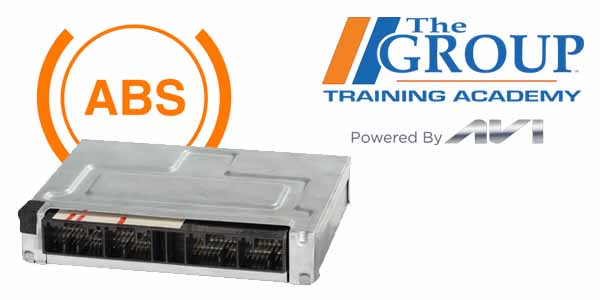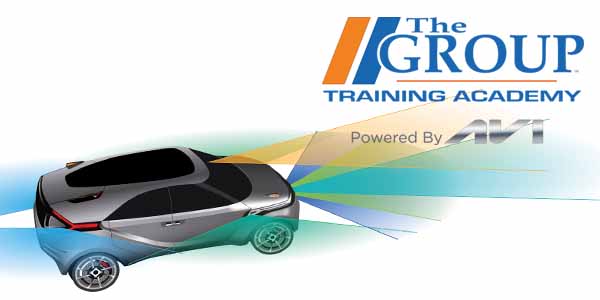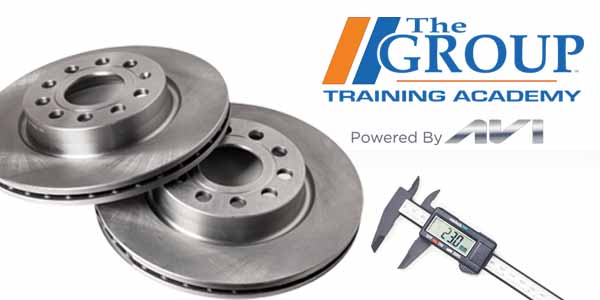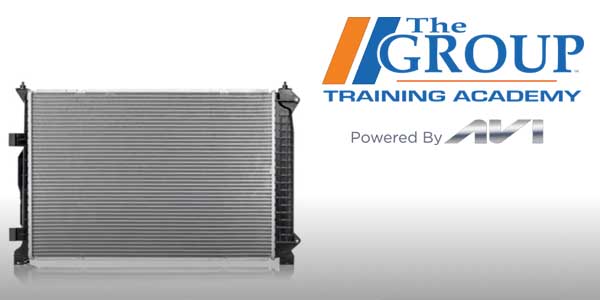While the advanced technology on today’s vehicles is truly impressive, the basic principles of propulsion really haven’t changed much since the early days of the automobile in the late 1800s and early 1900s.
Vehicles today still need some kind of motor to generate power, and they need a transmission system to send that power to the wheels.
In this two-part Counterman Education Center series, we take a look at how transmission systems have evolved over the years.
This video is sponsored by The Pronto Network.

